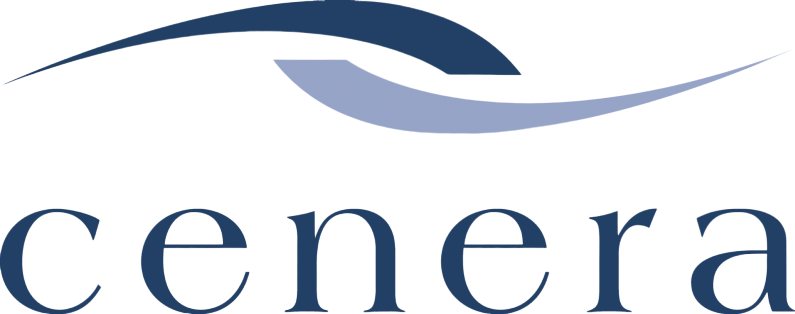Is Your EFAP Really Useful, or Is It Merely Virtue Signalling?
Is Your EFAP Really Useful, or Is It Merely Virtue Signalling?
One of the go-to responses we hear when we talk to clients about how they are supporting employee mental health is, “We have an EFAP (Employee and Family Assistance Program).” When pressed further, beyond some usage rates, few have a good handle on whether the service is useful, of high quality, or meeting their employees’ needs.
When effective, EFAPs can help employers reduce absenteeism, worker’s compensation claims, healthcare related costs, accidents, and complaints. They can address safety issues, improve productivity, boost engagement, and reduce the costs associated with employee turnover
[source]. When ineffective, they serve only as a convenient “out” for employers to signal that they have “done something” about this critically important issue.
An EFAP program can be an excellent resource for employees, but if employees aren’t using it – either because they don’t know how to access it or are skeptical about usefulness or confidentiality, it will be ineffective. To add to this challenge, due to privacy and confidentiality rules (and rightly so), we, as HR people and employers, don’t have the right to know who uses the service and for what purpose. This makes it very difficult to assess the true usage and quality of the service using only data from the service provider.
How can you be certain that you are subscribing to a service that is actually useful to your employees?
Here are a few ways you can audit the effectiveness of your EFAP program:
Use it! Human Resources professionals are humans, too! We have issues that arise in our lives that would benefit from some support, as do our family members. When that happens, pick up the phone or send an email to your EFAP providers to gather the support, resources, or direction you need. Call as an employee, not an HR person. This will give you first-hand experience with the service that you can measure objectively.
Ask questions about your EFAP in an anonymous employee survey. Make participation voluntary and ensure confidentiality. Some questions you can include are:
Do you know how to contact the EFAP?
Have you or a family member used the EFAP for any reason in the past 12 months?
If you have used the EFAP, how satisfied were you with the level of support you or your family members received?
How satisfied were you with the level of expertise of the individual supporting you?
How satisfied were you with the responsiveness to your request or need?
Based on your initial experience with the EFAP, would you call them again for support?
Would you recommend the service to others?
By asking the questions in an anonymous survey and making them optional, you stand to gain honest and useful feedback about your EFAP that you can use to evaluate the effectiveness, value, and quality of the service you provide to employees.
If, based on your research, you learn that employees are not using the program, your response will depend on the “why”.
They are unaware of, or do not know how to access, the program. Determine how you can further educate them about the EFAP and its purpose. It might be that employees were told about the EFAP when they were hired and have since forgotten they have access to it
They are not making use of the service due to dissatisfaction with the quality of support. Evaluate additional EFAP options or entirely different alternatives. There are many unique, custom options available to employees and employers beyond a traditional EFAP service that may be better suited to the needs of your organization.
It is no longer enough to simply have a single mental health resource available; HR needs to take an active role in evaluating resources, educating employees about the resources available, and changing it up where required.
Creating psychologically safe and healthy workplaces is a subject that we care about a lot at Cenera. Our HR Advisors welcome the opportunity to discuss how we can help you build a safer, healthier workplace now and into the future.
Contact us today to book a consultation!
Let’s Connect
Never miss an update, click here to subscribe to our monthly newsletter.
Plus, follow us on LinkedIn!
Share This Story, and Choose Your Platform!

